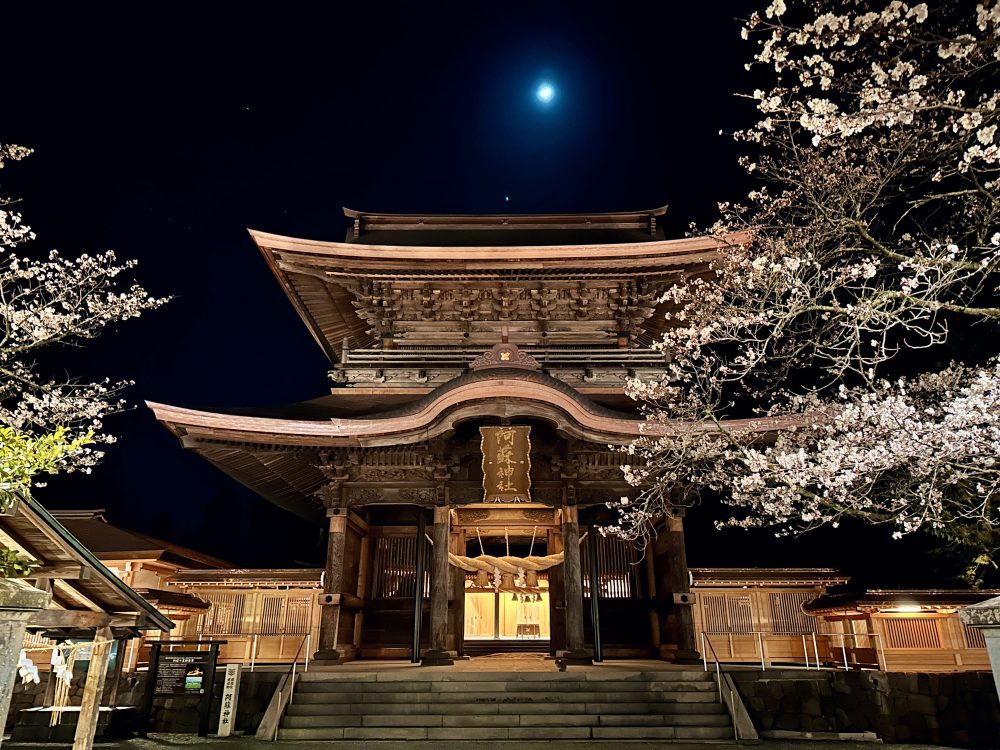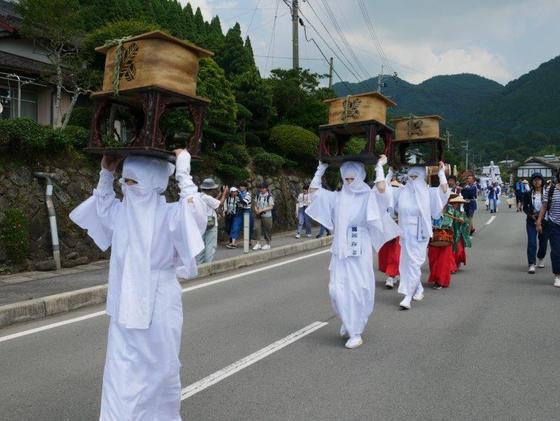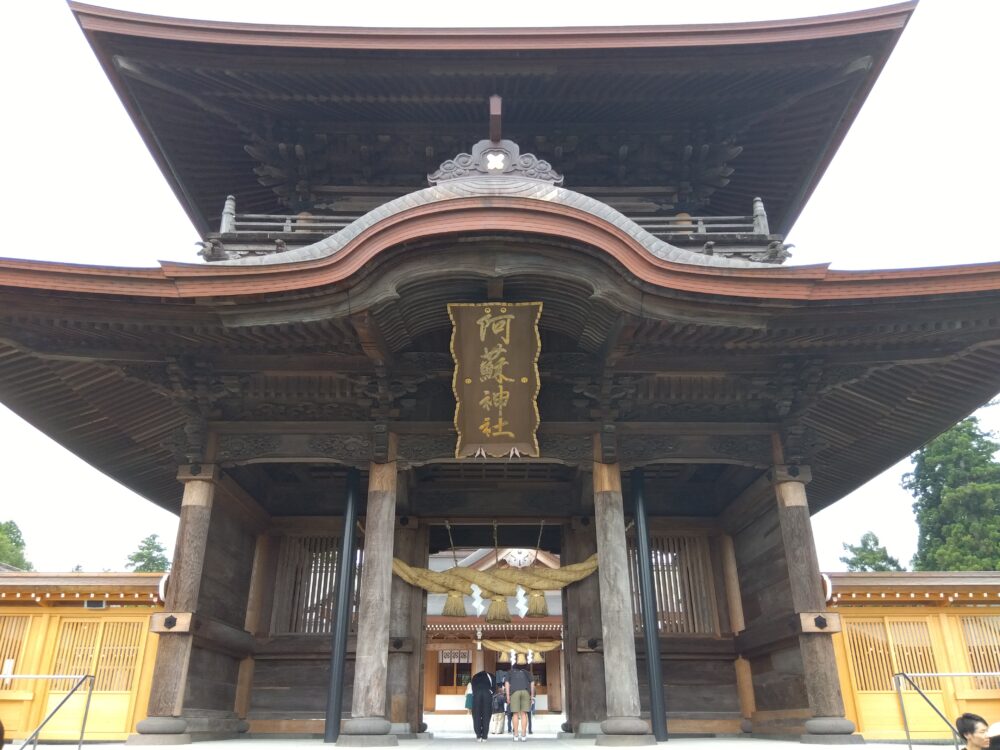Hi,I’m Kazu😊!(^^)!
Here in Aso, of course, on clear days, you can marvel at the rare beauty of the world’s exceptional caldera, taking in breathtaking views of the Earth’s vitality. From the Daikanbo viewpoint, you can gaze at the reclining Buddha sculpture along with the sea of clouds—it’s truly the best. However, during this season, except for Japan’s northernmost Hokkaido and southernmost Okinawa, it’s the rainy season across the archipelago with frequent rain and high humidity. Still, visiting the historically significant Aso Shrine, which boasts one of Japan’s three major tower gates, is one idea worth considering. (_)



Well then, once again, I have briefly summarized the characteristics of Japan’s rainy season(Tsuyu)…
Tsuyu is the term for the rainy season in Japan. It usually lasts for a couple of months around June and July. During this time, it rains almost every day and it is very humid. It is uncomfortable for humans but indispensable for rice and vegetables. In Japan, there is a phrase, `blessed rain,’ because rain give us enough water for crops and greenery to grow.
The rainy season is the best time to plant rice. Race cultivation has for a long time been very important to Japanese people. In the rainy season, seedlings are planted in the rice fields. The beautiful view of the rice paddies with their many seedlings is typical of a traditional Japanese landscape.
However, by early next month, the rainy season might come to an end, allowing you to fully enjoy the breathtaking beauty of nature, including Aso Shrine. Please do visit this summer! 🌿😊!(^^)!

